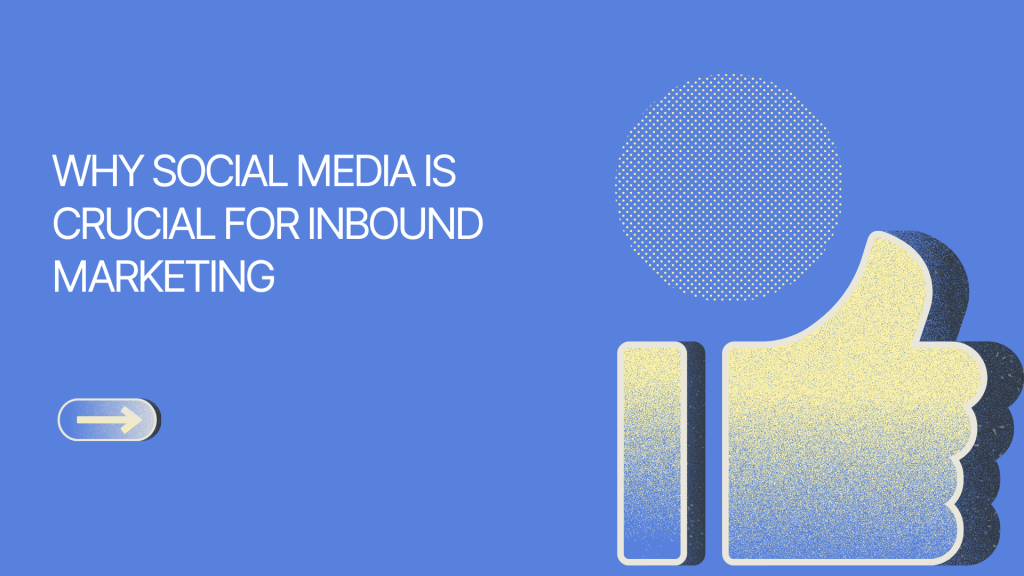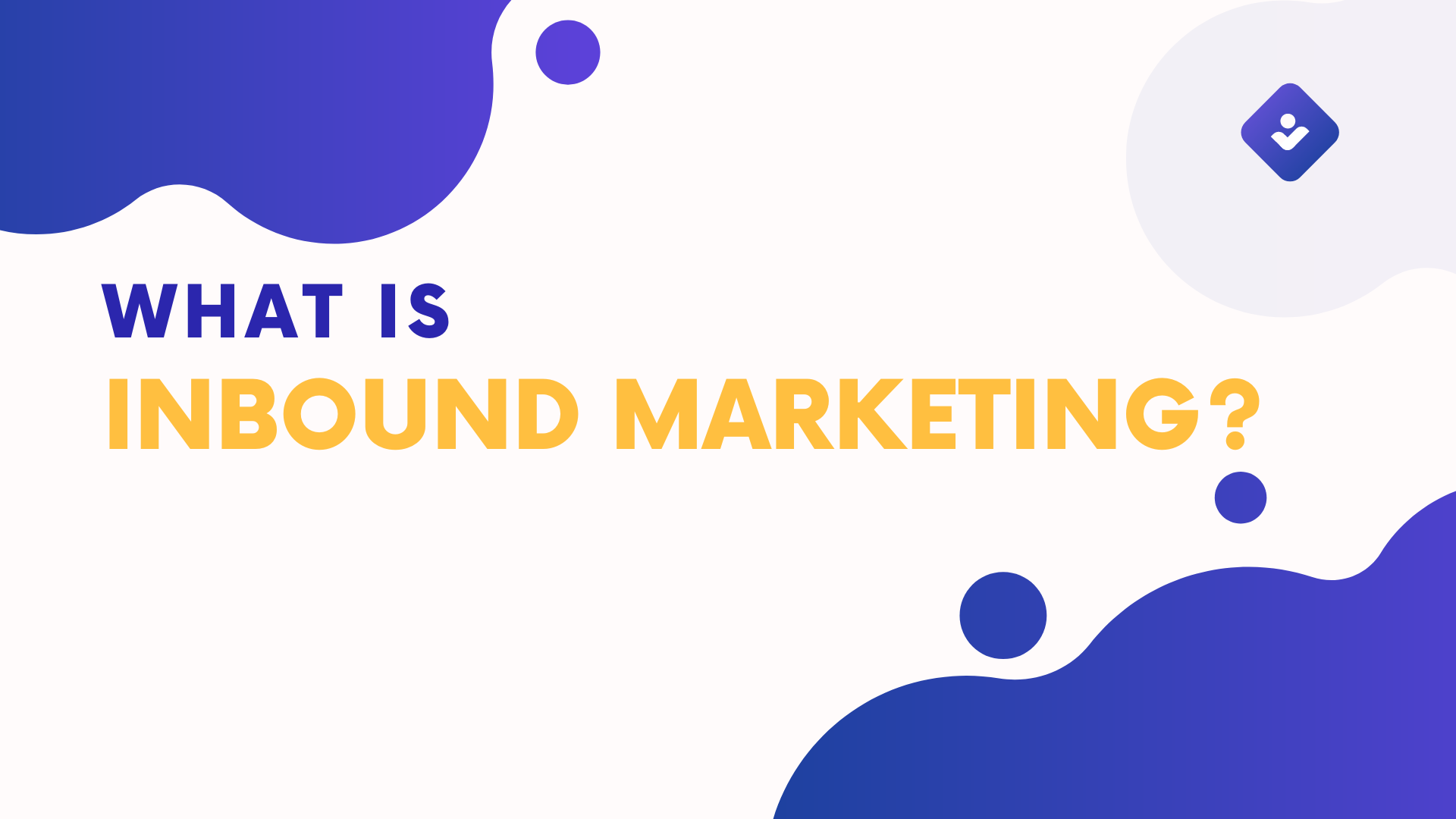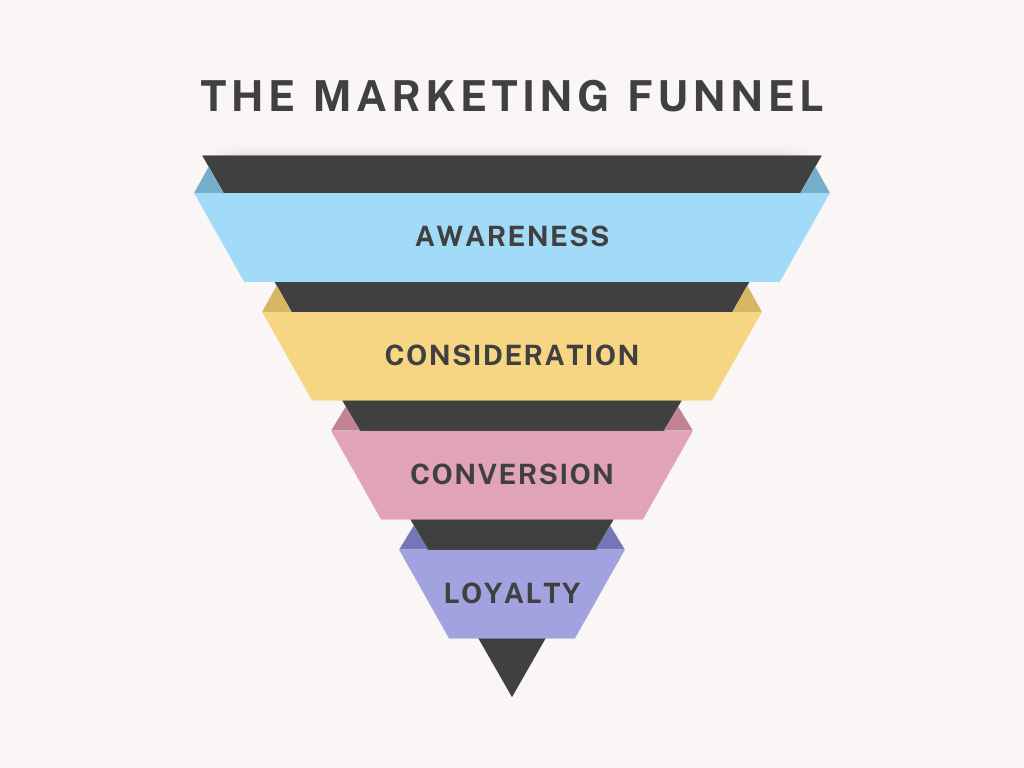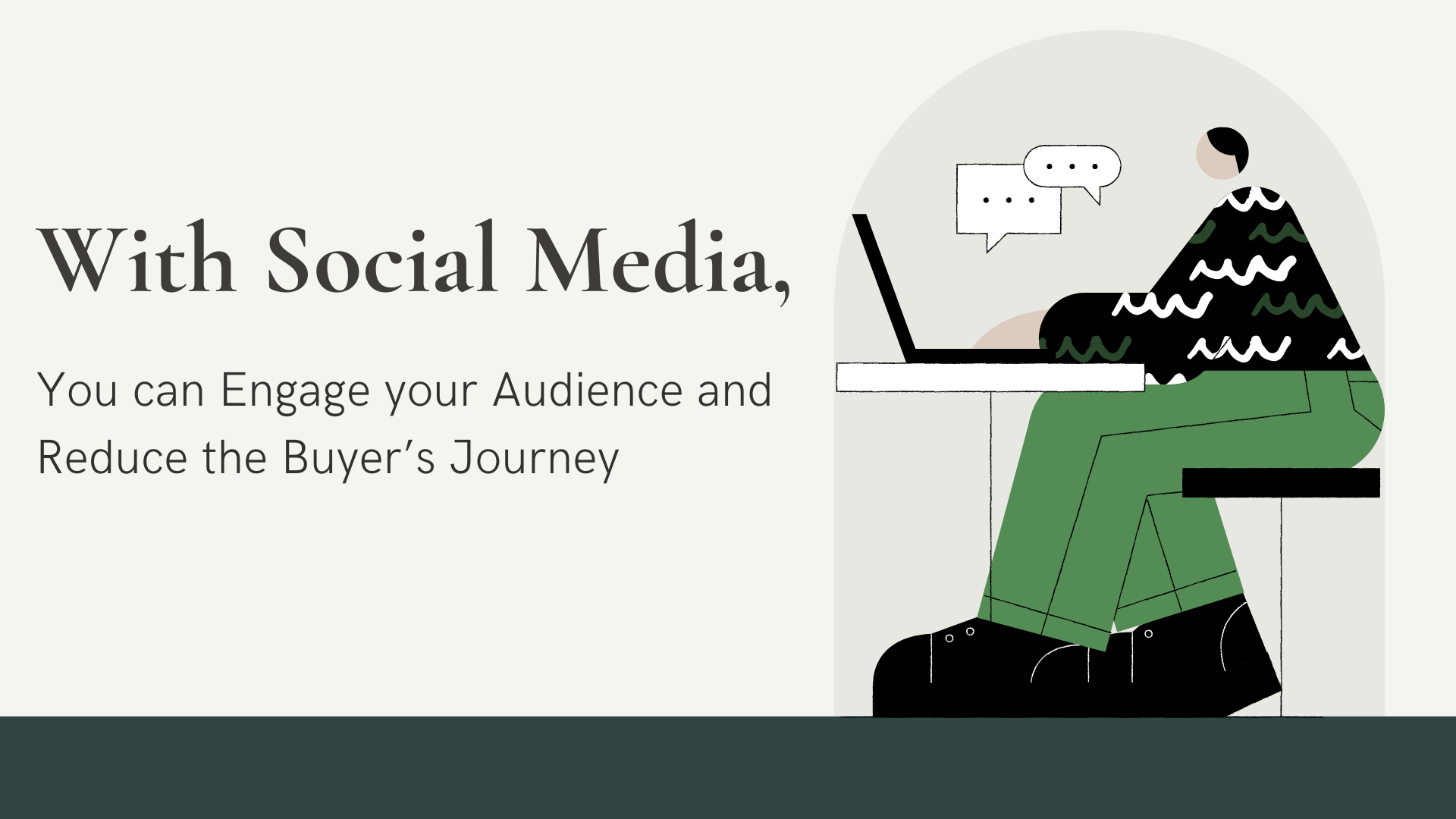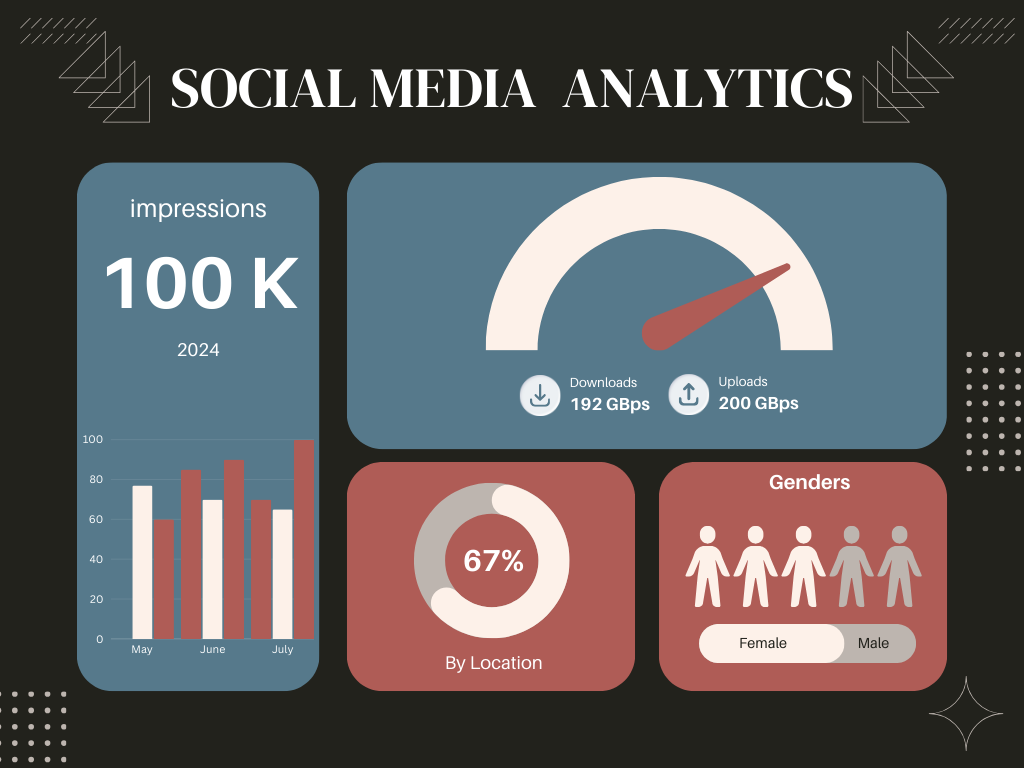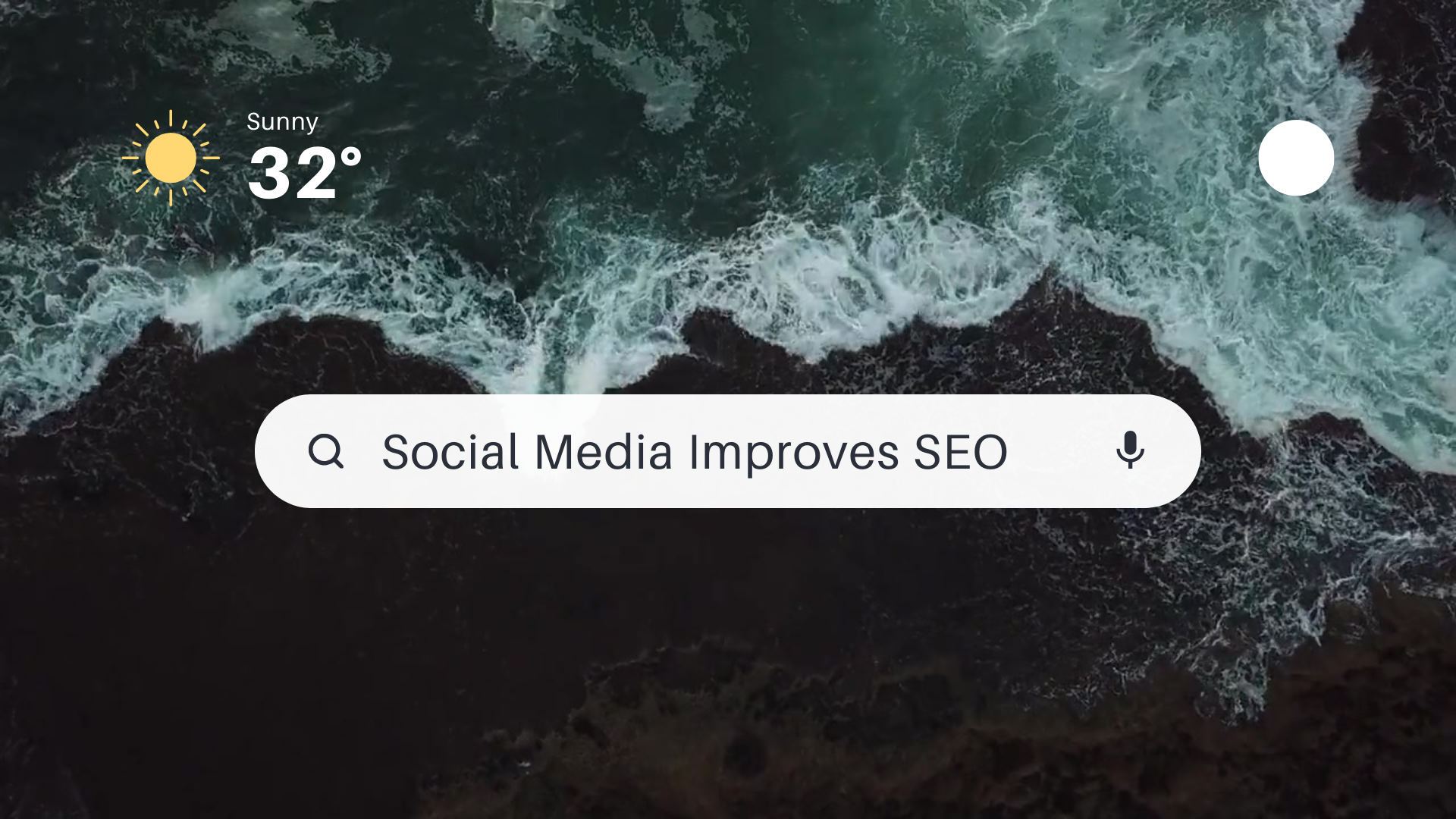Many businesses spend a lot of time on cold calls and outreaches, which deliver little results compared to the efforts invested.
Inbound marketing provides an alternative way of attracting leads to a brand. And a crucial part of inbound marketing includes being active on social media.
Social media has already gathered the attention of millions of people on a single platform. Your target audience is part of this number. Hence, promoting your brand on social media effectively attracts potential leads and converts them to paying customers.
Social media marketing (creating and distributing content on social media platforms) always has a high return on investment. It helps to create brand awareness, generate inbound leads, convert those leads to customers, and improve sales.
This article explains several reasons social media is important to inbound marketing strategies. But before going forward, what is inbound marketing?
Why Social Media Is Crucial for Inbound Marketing
What is Inbound Marketing?
Inbound marketing is a business growth strategy that attracts customers to a brand through valuable content that resonates with the target audience.
In other words, the brand does not hunt customers directly through strategies like cold outreach. Rather, the customers come to the business because the brand’s consistent messaging addresses a problem, and the customers now see the brand’s product as a potential solution.
Top Reasons Why Social Media is an Important Part of Inbound Marketing
The following are the reasons why social media forms an important part of a brand’s inbound marketing strategies:
Through Social Media, You Can Establish Brand Authority and Credibility in your Field:
Building a reputable brand on social media is an important way of attracting inbound customers. People will consider you an authority when you consistently create valuable content about a particular topic for a long time.
This authority also assigns credibility and positions your business as a brand your audience can rely on.
Social Media Builds Top-of-Funnel Brand and Product Awareness
Social media is usually the first place people learn about a product or a brand. Through correct positioning and creating content that resonates with the target audience, you can populate many potential customers at the top of your marketing funnel – the awareness stage.
From there, you can nurture these prospects to move down the funnel till they convert to paying customers.
With Social Media, You Can Tailor Content To Reach Different Target Audiences
Your brand may have more than one target audience. You can target these audiences with content tailored to their respective needs.
For instance, A Decentralized Exchange (Dex) in Web3 can have token founders and project owners as a target audience – because they need to list their coins/tokens.
Dex can also have regular crypto users as another target audience – because they need to trade and exchange the coins/tokens they hold.
With social media, such a Dex can create promotional content targeted at project founders and other content targeted at regular crypto users.
This ensures that every target audience is reached in the language that resonates with them.
Social Media Provides Relationship-Building Opportunities
Social media provides a platform for brands to establish communication and build strong customer relationships.
Business owners can read their customers’ comments on social media, engage them in chats, or even conduct a survey to know exactly what the audience wants, and then use the results from these surveys to optimize their products and services.
This is a good relationship management strategy and helps to attract more inbound customers to the brand.
Social Media is Where the Buyer’s Journey Often Begins
Most people go to social media to either read posts from their favourite brands, discover new products to buy, or get inspiration about things to buy.
This is the start of the buyer’s journey. Positioning your brand to capture buyers at this early stage can guarantee more sales.
But how do you position your brand for this capture? You can achieve it by sharing educational content that conveys the benefits of your products and services.
This allows you to convince and attract potential buyers to your brands without contacting them.
Engage Your Audience and Shorten the Buyer’s Journey with Social Media
The buyer’s journey is a long one. From the top of the marketing funnel, where the prospect’s attention is drawn, to the end, where actual sales happen, it takes a lot of effort and interactions to get the customer to part with their money.
However, with social media, you can position your brand to attract attention via content. Then, engage the prospects through comments and surveys to understand what they want the most or what they have been buying from competitors but are unsatisfied with.
This information can help you optimize your products to ensure they solve the target customers’ problems satisfactorily.
This can help convert your inbound leads to paying customers faster.
Social Media Allows You to Get the Most Out of Your Distribution Channels
Distribution channels refer to how you share the content you create. It can be via blog posts, YouTube, Newsletter, or syndicate platforms.
However, no matter where you share your content, you can promote it on social media. A good social media post grabs the audience’s attention.
If you can deliver on your posts’ promises, your social media conversion rates can receive a double boost.
Again, with social media, you can reach your target audience without needing them to perform searches or queries on search engines. This can help your brand to win more customers on social media through the inbound marketing channel.
Know Your Audience with Analytics Tools
Social media platforms have built-in tools to help you analyze your audience. With these tools, you can fetch information like the location, age, gender, interests, and occupation of your readers.
There are even Social media listening tools that help you analyze conversations between your target audiences.
This can help your brand understand the pains of your target customers, revamp your products to solve their real problems, and optimize your content to let the audience know that your brand has a solution to their pains.
This process can help you attract even more prospective customers from social media through inbound marketing.
Interacting on Social Media Promotes audience engagement
Brands can interact with their audience regularly through comments. When the representatives of a company respond to users’ queries and suggestions, the customers feel engaged and motivated to patronize the brand.
Effective audience engagement is a bait to attract other people to the brand.
Social Media Encourages two-way communication
Communication is only complete when information passes from the sender to the receiver, and the receiver sends their feedback to the sender.
Social media is a good tool for achieving this. With social media, your brand’s representatives can respond to the audience’s comments and queries, make any relevant changes requested by customers, and send messages about such changes to them.
This proves to the audience that the brand cares about them. Hence, more people would be attracted to the brand because they would feel comfortable where they feel heard and recognized.
Social Media Increases Social SEO
Social media posts also increase traffic to a brand’s website and enhance the SEO ranking of that site.
A new brand’s social media posts, especially posts on X, will likely pop up when you search for the brand’s name on Google.
Again, if a social media post by a company representative goes viral, it increases traffic to the company’s website. Google’s algorithms interpret this increased traffic as evidence that people trust the information on the company’s website.
Hence, Google will consider that website an authority in its field and rank it higher in Google search results.
Social Media Inspires Content Creation Ideas
You can easily find content ideas on trending topics on social media. Social media trends usually garner enough attention. Hence, you can ride on that attention wave to create popular content and enhance your brand’s visibility.
Also, you can ask your target audience to let you know the topics or issues that bother them the most. Then, you can create educational content around such issues to win the hearts of your audience and attract more attention to your brand.
You Can Identify Relevant Trends and Uncover New Marketing Opportunities on Social Media
Most trends and buzzes in your industry happen on social media. Hence, staying active on social media enables you to identify trends and incidents. With such knowledge, you can tilt your content strategies to ride on the wave of trending topics and attract more interest to your products.
Also, you can watch your competitors closely and see what they are doing to attract the attention of your target audience. Then, improve on that to deliver better content to your audience.
If you notice that a particular content pattern resonates well with your target audience, adapt it into your content strategy and improve the quality of your outputs.
A report by Statista suggests that about 5.04 Billion people are on social media as of January 2024.
An important part of understanding your target audience is identifying where they spend most of their time. With Social media, you’re already at the place where your target audience spends most of their time.
And it makes complete sense to meet them and tell them what they need to hear (about your brand).
Social media inbound marketing is an easy way to position your organization as a thought leader.
Sharing your unique experience and knowledge about issues in your niche consistently is a proven way to establish yourself and your brand as thought leaders in your industry.
People mostly want to do business with those who know what they are doing in their field. Hence, positioning yourself as a thought leader will attract inbound customers to your brand.
Social Media is a Great Retargeting Tool
Retargeting means re-engaging people who had previously shown interest in your brand or product.
Social media is an important tool for retargeting prospects through interactions to understand what those people want, as well as consistent messaging that adds value to your audience and addresses their concerns.
With this strategy, old prospects continue to focus on your brand, which often increases your conversion rates.
Social Media Can Be Used to Grow All Other Aspects of Your Inbound Funnel
Social media does not work as a standalone marketing tool. It goes hand-in-hand with other marketing channels and even enhances their efficiency.
For instance, you can publish an article or press release on your blog and share the snippets and links on social media. You can also promote your newsletter or website on your social media handles.
A well-created social media post can give other marketing channels a solid ground to take off.
Leverage User-generated Content (UGC) on Social Media
User-generated content (UGC) refers to the posts and articles published by users of social media platforms.
You can encourage your current customers to post positive testimonials or their experiences while using your products.
Users sharing these positive experiences will provide social proof for your products and encourage more people to patronize your brand.
Social Media Supports Lead Generation Efforts
Social media platforms can support your brand’s lead generation efforts through content that discusses a problem felt by your target audience, the impacts of those problems on their lives or businesses, the difference that the audience would experience if that problem is solved, and how your brand can solve the problem in question.
This process effectively generates leads and gently guides them down the sales funnel until they are converted to paying customers.
How to Use Social Media for Your Business?
Knowing the benefits of social media for inbound marketing is one thing; understanding how to use social media to improve inbound marketing and sales effectively is another.
The following are the checkpoints you should consider if you want to improve your inbound marketing results using social media:
- Understand your audience
- Create and Share Valuable Content
- Leverage the right platforms
- Participate in Conversations
- Use visuals and illustrations
- Use paid advertising on social media to target your top personas (Monitor and Analyze Ad results)
- Make Sure You Are Working on Something Meaningful
- Consistency
1. Understand your audience
This is an important step before creating high-performance content.
You should study your target audience, their location, age, occupation, interests, and the problems that affect them the most.
With this information, you can determine the content that resonates with your audience and motivates them to take action.
This is the bedrock of your social media strategy. Without content, you almost do not have a social media presence.
You must create content woven with storytelling, images, or videos. The most important thing is not just to create content. Rather, create meaningful content that passes deep information across to your audience. Never compromise quality for quantity.
Once your content is ready, share it with your audience, post it in relevant groups, and reply to relevant comments and reactions to the post.
3. Leverage the right platforms:
There are tons of social media platforms, and you cannot be active on all of them.
Choose the platform where most of your target audience spends the most time. LinkedIn is your best bet if you are targeting business founders and leaders. If your target audience includes crypto natives or Political figures, X (Twitter) should be your preferred destination.
4. Participate in Conversations:
Conversations revolve around different topics in your niche daily. Participate in the ones that interest you and contribute meaningfully to the discussions.
5. Use visuals and illustrations:
Writing long-form posts without images or graphics is boring. Also, pictures draw people’s attention more than ordinary text. Ensure you include images in your content to make the most of them.
Paid Promotions can get your content in front of the right audience faster. You should try it to boost your social media marketing efforts.
7. Make Sure You Are Working on Something Meaningful:
Unfortunately, some founders try to create hype around nonexistent projects or exaggerate the nature of their buildings.
This is wrong. One way to ensure a consistent flow of content is to ensure you’re building something.
As long as you’re building, you will have many personal experiences to share. The good part is that your personal experiences give you a lot of expertise and authentic information to share. Personal experiences and deep expertise in a field attract more followers and lead to your brand.
8. Consistency:
Creating content on and off is not a good social media strategy. Your audience will trust your expertise when you consistently show up and create valuable information about the same topics for a considerable amount of time.
FAQs
What is the importance of websites in inbound marketing?
Your website is important because it is where you channel your inbound traffic. When you attract people’s attention, you guide them further down the marketing funnel through posts and information published on your website and blog.
Social media is important for business marketing because it provides access to billions of people on a single platform, including your target audience. Hence, it is easier to reach a wider audience through social media marketing.
Content strategy is important in social media marketing because it serves as a plan of action for creating and distributing content on social media. This plan keeps you organized and holds you accountable for your goals.
You should learn how to create content on social media because doing so can establish your reputation as an authority in your industry, help you generate leads for your business, build an audience that you can sell to, and open up other opportunities that come with exposure.
You should use a social media content calendar because it helps you map out the content ideas you want to create when to create them, and when to post them. This keeps you organized and ensures that your content is consistent in quantity and quality.

